Introduction
This review is only looking at the iPhone 6, not the iPhone 6 Plus.
Year after year Apple released a new iPad, new iPhone, new iPod, new Macs and so on. Most products follow this system. iPhone in particular, follows a tick-tock cycle, where one is released with a new design and a second is released with upgraded specifications in the same design.
This kind of release pattern has led to a widespread discussion as to what may go into the iPhone weeks or months before its release. The iPhone 6 is no different.
Features such as the curved design and so on have been out in the open for a bit longer than the last few days as rumours but have now come to be what the iPhone 6 design actually is. It just shows how well predictions can be these days.
I have become much of an Apple fan, but that's not to say that I think everything they make is perfect. The review I did of the MacBook Pro with Retina display was somewhat critical, mainly due to Apple not allowing modifications to the system (such as the RAM). It feels like some of Apple's recent developments have been somewhat negative to the customer.
This review however shows that a lot of the original iPhone concepts and Apple's stance are still somewhat the same as they used to be. The review will look at the positives and negatives of this smartphone.
My story
Whenever I write a review, I tend to think about why I bought a product. It normally goes down to loyalty to a brand for me the majority of the time rather than features (I am not bothered about a 43-megapixel camera, but rather about the brand that I know does what I want and looks good), and the iPhone is exactly that. I am a fan of Apple and what hardware and software they make so it is down to the fact that I just love the design, iOS and the consistency with Mac OS X.
My first iPhone was the iPhone 3GS. I got this in the summer of 2009 and since then I have had one phone that was not an iPhone in the years since then. This is brand loyalty. I did the same with Windows Mobile back in the days before the smartphone boom. However, after my 3GS (which to date is still the biggest change of heart I've ever had on a phone) I got a Windows Phone. After two years I really wanted to move back to Apple and ditch the Windows Phone due to the lack of apps. I then got an iPhone 5.
Now two years later I am now an owner of an iPhone 6.
Design
iPhones always come on top with design, particularly on the tick of the tick-tock cycle mentioned earlier. The iPhone 6 is no different from its predecessors with its impact.
The new design of this tick has a more curved design where the screen and body of the phone curve in two different yet attractive ways.
The core design element behind iPhones - keeping it simple. Apple still sticks with the singular button interface - the Home button. There is no need for a back button (although a lot of people do like being able to go back as that seems a quintessential part of modern operating systems and web browsers) or even a settings button.
However, the design is also very similar to that of other large phones, such as the Samsung Galaxy S series of phones. I dislike the power button being featured on the side and feel that this is just not what Apple stand for and in some ways not quite right. This is a design feature that Apple have taken from Samsung that I personally dislike.
Larger phones tend to do this because of the fact that hold the phone in a different way to a smaller phone such as the iPhone 5. It does not excuse the iPhone 6 and Apple for copying the design, however.
The top of the iPhone 6 is completely bare because of the relocation of the lock button.
The volume and lock buttons are different compared with the iPhone 5S as they now feature a long curved design, similar to the iPod touch. This makes it easier to press them, particularly when using the buttons to take a photo in the Camera app.
The iPhone 6 keeps the headphone jack at the bottom of the iPhone rather than the top which now seems to be the norm since the iPhone 5. This is something a lot of people believe Apple have got wrong.
The iPhone 6 still features the same old Lightning connector at the bottom of the body as well as the microphone and one speaker grate.
The iPhone 6 also has a larger display than the iPhone 5S coming in at 4.7" as opposed to 4.0" or 3.5" that the iPhone screen size was until the iPhone 5.
One other difference between the iPhone 5S and iPhone 6 is the back. Firstly the camera is a more etched-out camera. It sticks out just a tiny bit and feels slightly weird. It does however feel like it is very well attached and not very likely to suddenly break off from normal wear and tear (which to me was one of the main worries about this new design, especially when you are putting it back and taking it out of a pair of jeans).
Another difference on the back is the new grey lines (on the Space Grey model being reviewed here). These lines take the place of where the glass was on the previous models, which to most will be a pleasant feature (less glass means less to break).
Generally, the design of the iPhone is very similar to phones such as the Samsung Galaxy S series of phones but different in some minor ways. It feels solid and well-built, especially when compared to the plastic-ness of the Samsung phones out there.
The curved design is a really nice feature to add whilst the larger volume and power/lock buttons have certainly got easier to press than before.
Features
Phone calling features
It is not often that you can write about how the phone calls can be made better but on this occasion, I can.
In addition to the 4G LTE that the iPhone 5 added, the iPhone 6 and iPhone 6 Plus receive the new VoLTE. VoLTE or Voice over LTE is an IP-based phone call mechanism that makes phone calls over 4G much higher quality. This means when phoning another phone which is also using 4G, the phone call will have a much higher noise range.
Camera
Since the iPhone 5S not much has changed with the camera. The only new feature to come to the camera of the iPhone 6 is that Panorama photographs can now be taken in 43 megapixels.
The iPhone 6 Plus, however, has one feature better than the iPhone 6 here - optical image stabilisation.
With video recording, the iPhone 6 and iPhone 6 Plus can record at up to 240 frames per second as well as 120 frames per second. The iPhone 5S however can only record at up to 120 frames per second. This frame rate is reserved for the 'Slo-mo video' functionality.
As well as this, the iPhone 6 and iPhone 6 Plus use continuous auto-focus and cinematic video stabilisation features whilst the video is being recorded.
NFC
One of the biggest hypes about the iPhone 6 was the inclusion of a technology called NFC (although it was more or less about how Apple Pay will work that got the hype rather than the technology behind it). NFC or Near Field Communication is a short-range wireless standard that can be implemented in a specific way allowing point-to-point transactions in a secure and fast manner.
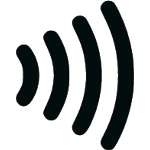
Contactless payment uses NFC on credit and debit cards
Debit and credit cards are also being issued in the UK with NFC technology embedded into the integrated chip of the card. Not only does this method reduce the need for a PIN number, making transactions easier, but it also eliminates the wear of the chip on the card by reducing the number of times it needs to be inserted into any machine. With NFC, a simple touch is all that is required in order to pay.
In the same way that these debit and credit cards can support near-field communication to provide payment, the iPhone 6 or Apple Watch combined with an iPhone 5, iPhone 5S or iPhone 5C will be able to provide payment. This is done through the NFC technology. Competitors such as Samsung and other Android-running devices have had this for years - but do many people use it? No. This is because there has not been enough support for it. Apple announced it had made friends with hundreds of banks and industry leaders across the world to make Apple Pay available to the end user extremely quickly.
Unfortunately, this has not yet been announced in the UK and support is still limited to the US.
Barometer
The iPhone 6 and iPhone 6 Plus also feature a barometer. This permits them to measure atmospheric pressure. A sensor like this has been found also in the Samsung Galaxy Nexus. Its purpose in the iPhone 6 is to help obtain a GPS position faster.
TouchID
TouchID is the fingerprint sensor system built into the iPhone 5S and iPhone 6. It can be used to unlock the phone and to pay for items online.
However, since then a features such as NFC and Apple Pay have been added. These new features take advantage of TouchID, allowing users to pay for items and use TouchID to confirm that they wish to buy the item that they are using and as a security mechanism.
Bendgate
'Bendgate' as it has been known is the name given to the recent problems with bending the iPhone 6 has been having.
As of now, the iPhone 6 is not affected by this issue - just the iPhone 6 Plus. This is expected due to the fact that the phone is taller and thinner. However, it should be noted that this seems to happen when used incorrectly.
This video is very good at showing how much it bends.
Specifications
Core specifications
The iPhone 6 is no different to the other models of iPhone in that it includes the next generation of Apple processors, namely the Apple A8. It also features the new Apple M8 motion co-processor. The CPU is rated at 1.4GHz and is dual-core.
The iPhone 6 also features a PowerVR GX6450 graphics chip. This chip is a quad-core processor and apparently doubles the performance of the previous PowerVR G6430 that was featured in the iPhone 5S.
As mentioned in the section about the features the iPhone 6 has a 4.7" display. The resolution of the display is now a whopping 1334 by 750 pixels, which improves on the previous range of the iPhone's resolution of 1136 by 640 pixels. This gives a pixel density of 326 pixels per inch (ppi) and again remains a retina display.
Unfortunately for some, with the 6 range, there is no longer a smaller display iPhone, they are either the 4.7" or 5.5" display. The alternative is to go for last year's iPhone 5S which is perhaps not quite as charming as it once was.
Here is a comparison of the screen size of the iPhone 5 and iPhone 6:
The iPhone 5 had a lot of space back in the day
The iPhone 6 has more icons going vertically
Both the iPhone 6 and iPhone 6 Plus have 1GB LPDDR3 RAM. To non-techies that's just 1GB of low-power temporary memory.
The camera is still 8 megapixels and is still one of the best smartphone cameras out there. Video can still be recorded in 1080p and slow-motion video can be recorded in 120 or 240 frames per second.
The iPhone 6 is 6.9mm (0.27 inches) thick, 138.1mm (5.44 inches) tall and 67mm (2.64 inches) wide whereas the iPhone 6 Plus is 7.1mm (0.28 inches) thick, 158.1mm (6.22 inches) tall and 77.8mm (3.06 inches) wide.
With the iPhone 5S dimensions are considerably less. The iPhone 5S was 7.6mm (0.30 inches) thick, 123.8mm (4.87 inches) tall and 58.6mm (2.31 inches) wide.
The only reduction there is with the thickness. However, the iPhone 6 has increased in weight compared with the 5S. The iPhone 5S was 112 grams, the iPhone 6 is 129 grams and the iPhone 6 Plus is 172 grams and whilst the new phones weigh more, they are also larger. A larger phone feels lighter because its weight is distributed more.
Battery life
The battery life of the iPhone 6 is slightly longer than that of the iPhone 5 and iPhone 5S. Whilst the iPhone 5 I owned previously lasted around a day when data was enabled and left idle for the majority of the day, my iPhone 6 manages to remain idle with cellular 3G enabled for a whole weekend.
The main difference comes from when doing something more intensive such as listening to music on the go or web browsing where you can use it quite comfortably without feeling that the battery is going to run out.
Apple did mention at the keynote that they had increased battery life. However, I have received comments from others that the iPhone 6 Plus does not obtain a longer life from the bigger battery and still has a battery life similar to that of the iPhone 5S.
You can use the comments section below to inform me of any differences you are experiencing with the battery life on your iPhone 6.
Conclusion
I genuinely think the iPhone is, and has always been, the best smartphone on the market. The iPhone 6 (the 8th iteration of the iPhone) is no different.
Standing out from the crowd once again, the iPhone 6 is an incredibly well-designed phone. The slim design, beautiful display, exquisite camera, marvellous body and the newly added near field communications are features that make this the best iPhone released to date.
- The phone feels sturdy and strong
- Slim design
- Better button design
- High specification
- Better battery life
- Even nicer display than the previous models
- Bigger screen
- Added NFC communications
- Apps seem to stretch the display well
- The camera is just amazing
- iOS is well-designed and robust
- TouchID is a really nice feature
- Slimmer than before
- The design is a bit less squared
- No smaller display model (for instance, a 4.0" model)
- Expensive
- Slightly heavier than before


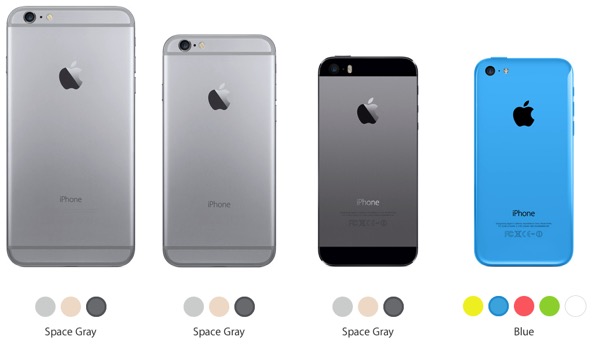
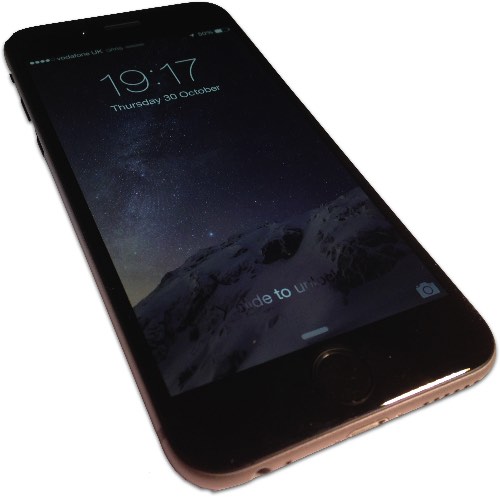
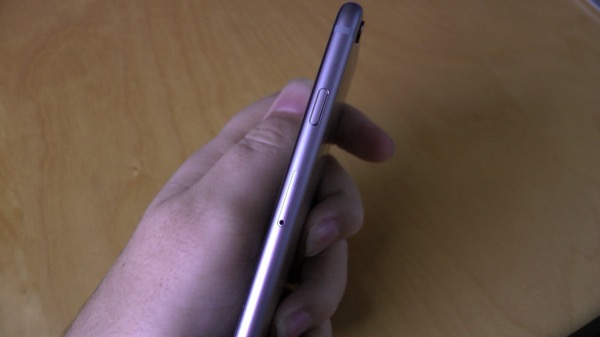
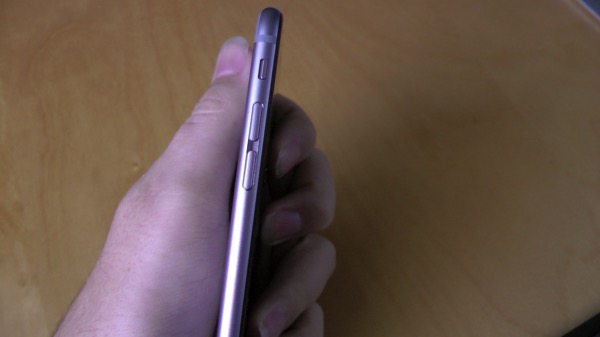
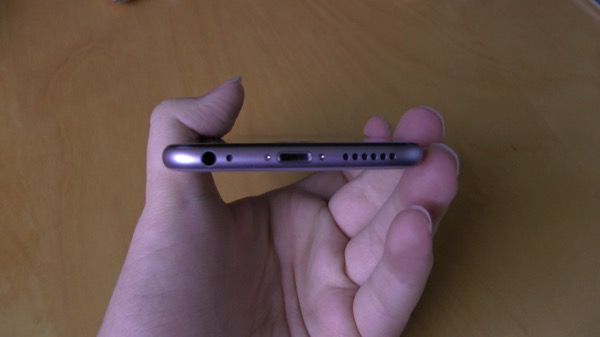
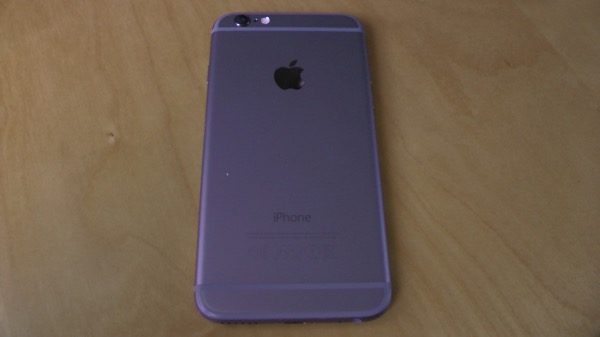
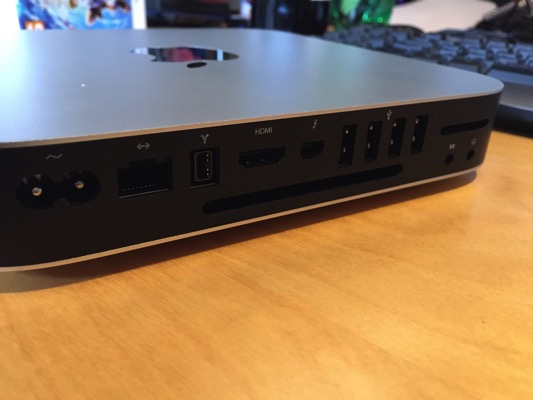

There are no comments on this page.
Comments are welcome and encouraged, including disagreement and critique. However, this is not a space for abuse. Disagreement is welcome; personal attacks, harassment, or hate will be removed instantly. This site reflects personal opinions, not universal truths. If you can’t distinguish between the two, this probably isn’t the place for you.
Comments powered by BalfComment